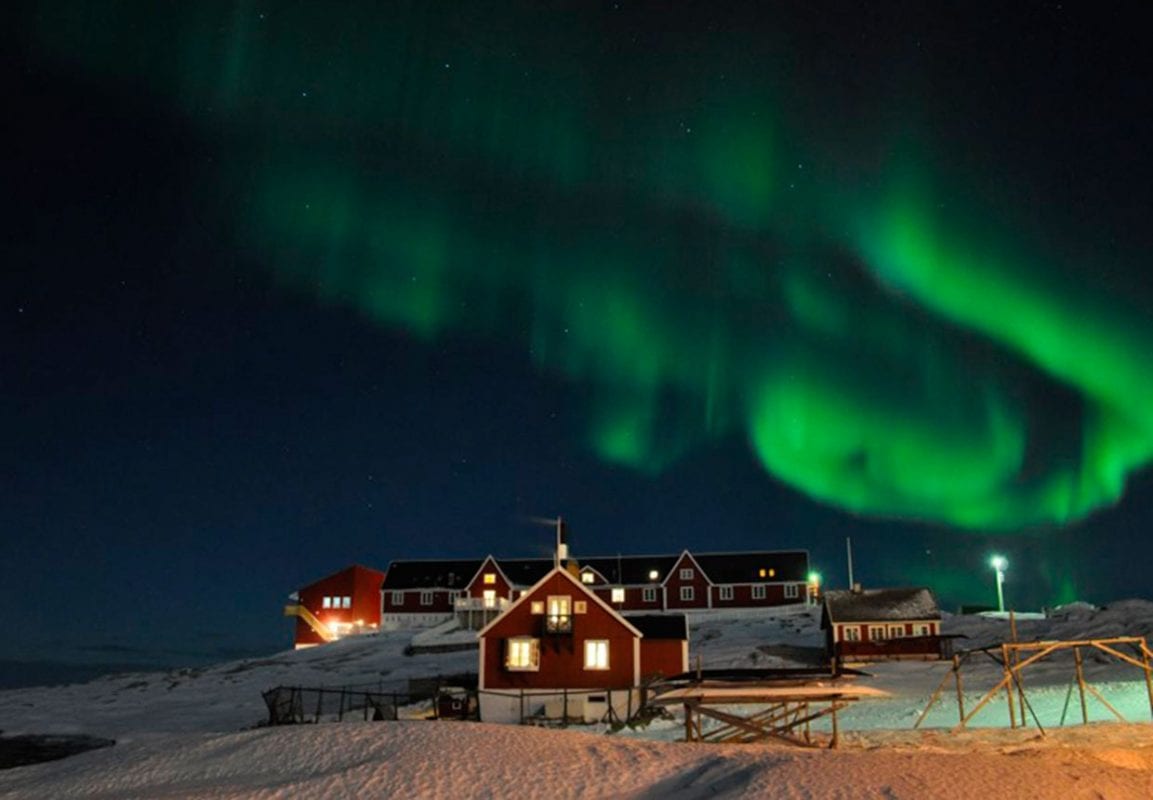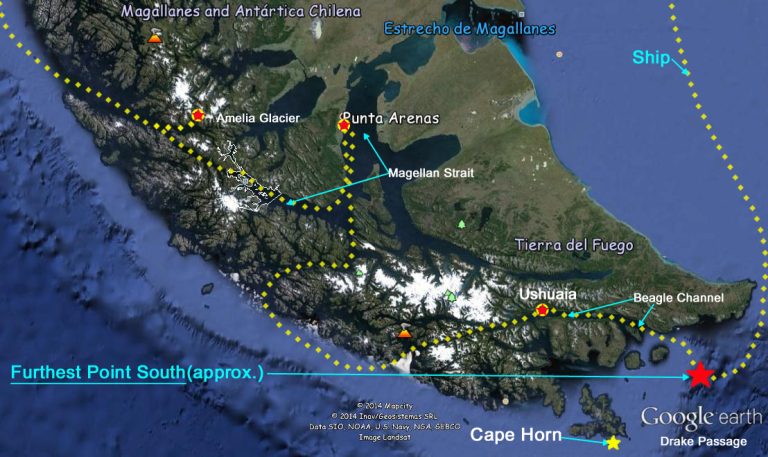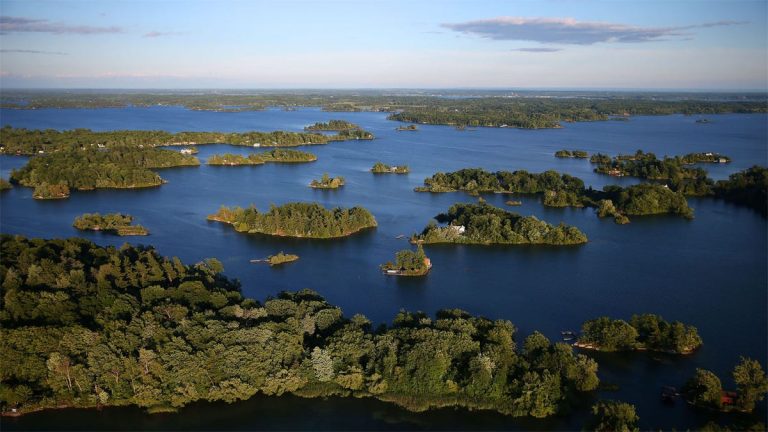The Greenland Northern Lights, or Aurora Borealis, is one of nature’s most magical and awe-inspiring phenomena. This spectacular light display, seen in the Arctic skies, has captivated travelers for centuries. Greenland, with its rugged beauty and ideal location within the Arctic Circle, is one of the best places in the world to witness this ethereal spectacle. Whether you are a seasoned traveler or a first-time adventurer, understanding how to maximize your chances of seeing the Greenland Northern Lights is essential. This guide offers ten insider tips to ensure you get the most out of your Aurora Borealis experience.
Visit During the Dark Winter Months
The best time to experience the Greenland Northern Lights is during the winter months, typically from late September to early April. During this time, the Arctic sky is long and dark, providing optimal viewing conditions. The darkest months, from December to February, offer the longest nights, increasing your chances of seeing the Northern Lights. The longer the night, the more time you have to witness this stunning phenomenon. Plan your visit accordingly to ensure you’re in Greenland at the peak of Aurora season.
Stay Far from City Lights
Light pollution can significantly hinder your ability to see the Greenland Northern Lights. While larger towns like Nuuk have modern amenities, they are also surrounded by artificial light that can wash out the delicate glow of the Aurora. For the best experience, travel to remote areas where light pollution is minimal. Greenland is known for its isolated villages and pristine wilderness, perfect for escaping city lights and seeing the Northern Lights in all their glory.
Look for Clear, Cloud-Free Skies
Cloud cover is one of the biggest obstacles when trying to see the Greenland Northern Lights. Thick clouds block the view of the night sky, making it difficult, if not impossible, to witness the Aurora. To increase your chances of seeing the lights, check the weather forecast before heading out. Aim for clear, cloud-free nights, as this will offer the best visibility. Apps and websites dedicated to Aurora forecasting can help you track the likelihood of a Northern Lights display in your area.
Choose the Right Location
Greenland offers a variety of stunning locations for viewing the Northern Lights, each with its own unique charm. Kangerlussuaq, located near the Arctic Circle, is one of the most popular spots. Its dry climate and remote location make it a prime destination for Aurora seekers. Other notable locations include Ilulissat, known for its dramatic icebergs, and the Disko Bay area, which offers picturesque settings alongside the possibility of seeing the Northern Lights. When choosing your destination, look for places with minimal light pollution and a clear view of the northern horizon.
Plan for a Multi-Night Stay
While the Greenland Northern Lights are a mesmerizing spectacle, they are not guaranteed to appear every night. The Aurora is a natural phenomenon that can be influenced by solar activity, weather conditions, and time of year. To maximize your chances of witnessing the Northern Lights, plan a multi-night stay in Greenland. This will increase the likelihood of seeing the Aurora on at least one of the nights, and give you time to explore other parts of the region.
Head Out Late at Night
The Greenland Northern Lights are typically most visible between 10 PM and 2 AM, though they can appear at any time during the night. As the sun sets and the sky darkens, the Aurora becomes more vibrant and visible. For the best chance of seeing the Northern Lights, head out late at night when the sky is at its darkest. Be patient, as the lights may take some time to appear, and sometimes they are only visible for a short period.
Keep an Eye on Solar Activity
The Northern Lights are the result of solar particles colliding with the Earth’s atmosphere, creating a vibrant display of colors. Therefore, solar activity plays a significant role in the intensity and frequency of the Aurora. Check solar activity forecasts before your trip to Greenland. Higher solar activity increases the chances of a powerful and colorful display of the Greenland Northern Lights. Websites and apps that track solar activity can help you time your trip for when the solar winds are most active.
Dress Warmly and Be Prepared
Greenland is known for its frigid winter temperatures, so it’s important to dress appropriately when venturing out at night to see the Northern Lights. Layer up with thermal clothing, wear insulated boots, gloves, and a warm hat, and bring a blanket to keep comfortable while you wait. While the Greenland Northern Lights are stunning, you’ll want to be able to enjoy them without freezing. Being prepared will make the experience much more enjoyable and comfortable.
Take a Guided Tour for Expert Knowledge
While it’s possible to view the Greenland Northern Lights independently, taking a guided tour can enhance your experience. Knowledgeable guides can take you to the best viewing spots, explain the science behind the Aurora, and even help you photograph the lights. Many tours also offer the chance to stay in specially designed cabins or tents in remote locations, giving you a unique and immersive experience. If you’re unfamiliar with the area or want to maximize your chances of seeing the lights, booking a tour is an excellent option.
Be Patient and Stay Optimistic
One of the most important tips for viewing the Greenland Northern Lights is to be patient. The Aurora can be unpredictable, and sometimes it takes several nights of waiting before the lights make an appearance. The key is to stay positive and enjoy the experience, even if the lights don’t appear right away. The crisp, quiet Arctic air and the stunning landscape make the wait worthwhile, whether or not the Northern Lights show up. Remember, the Aurora will eventually grace the sky when the conditions are right.
Conclusion
The Greenland Northern Lights are a once-in-a-lifetime experience that should be on every traveler’s bucket list. By following these ten insider tips, you’ll be better prepared to witness this breathtaking phenomenon. From choosing the right time and location to ensuring you’re prepared for the cold, there’s much you can do to maximize your chances of seeing the Aurora. Whether you’re planning a short trip or a longer stay, Greenland offers some of the best opportunities to experience the magic of the Northern Lights. With patience, preparation, and a bit of luck, you’ll soon be standing under the Arctic sky, mesmerized by the shimmering colors of the Northern Lights.
FAQs
Q1. When is the best time to see the Greenland Northern Lights?
The best time to see the Greenland Northern Lights is between late September and early April, with the peak months being December to February.
Q2. How can I increase my chances of seeing the Northern Lights in Greenland?
To increase your chances, visit remote areas away from city lights, choose clear nights, and track solar activity. Staying multiple nights also helps improve the chances.
Q3. Is it necessary to book a guided tour to see the Northern Lights?
No, but guided tours can enhance your experience, taking you to optimal viewing spots and providing expert knowledge about the Aurora.
Q4. How cold is it when viewing the Northern Lights in Greenland?
Temperatures can drop significantly, especially in winter, so it’s important to dress in warm, layered clothing and bring appropriate gear to stay comfortable.
Q5. Can I photograph the Northern Lights?
Yes, many travelers successfully photograph the Northern Lights. Bring a camera with manual settings, a tripod, and practice long exposure techniques to capture the best shots.
Also read: Brown Penguin Wonders: 10 Fascinating Facts You Didn’t Know




Leave a Comment